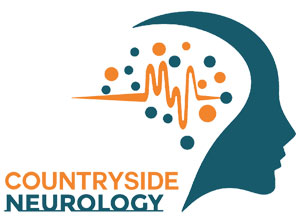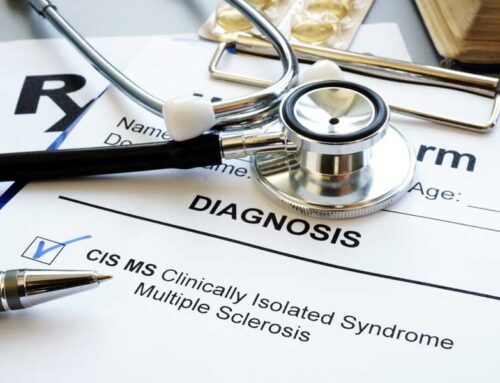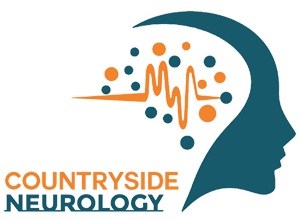Multiple Sclerosis (MS) is a chronic neurological condition that affects the central nervous system. This post provides an overview of MS to help individuals and their families gain a basic understanding of the condition.
- Definition and Causes: MS is an autoimmune disease where the immune system mistakenly attacks the protective covering of nerve fibers in the central nervous system. This disrupts the normal flow of electrical impulses. The exact cause of MS is unknown but is thought to involve genetic, environmental, and immune system factors.
- Symptoms: MS symptoms vary and may include fatigue, muscle weakness, coordination problems, numbness or tingling, balance difficulties, cognitive changes, and visual disturbances. Symptoms can fluctuate or progress over time, leading to varying degrees of disability.
- Types of MS: MS has different types, including relapsing-remitting MS (RRMS), secondary progressive MS (SPMS), primary progressive MS (PPMS), and progressive-relapsing MS (PRMS). RRMS is the most common form with periods of relapse followed by recovery. SPMS shows gradual symptom progression, while PPMS has a steady progression from onset. PRMS involves both progressive symptoms and acute relapses.
- Diagnosis and Treatment: Diagnosing MS can be challenging. Medical history, neurological exams, imaging tests (MRI), and cerebrospinal fluid analysis help in diagnosis. While there is no cure, various treatments aim to manage symptoms, slow progression, and improve quality of life. These include disease-modifying therapies, symptom management medications, therapy, and lifestyle adjustments.
If you or a loved one are seeking comprehensive care and support for multiple sclerosis, please don’t hesitate to contact Countryside Neurology at 727-712-1567 for expert guidance and personalized treatment options.
Sources:
ChatGPT





